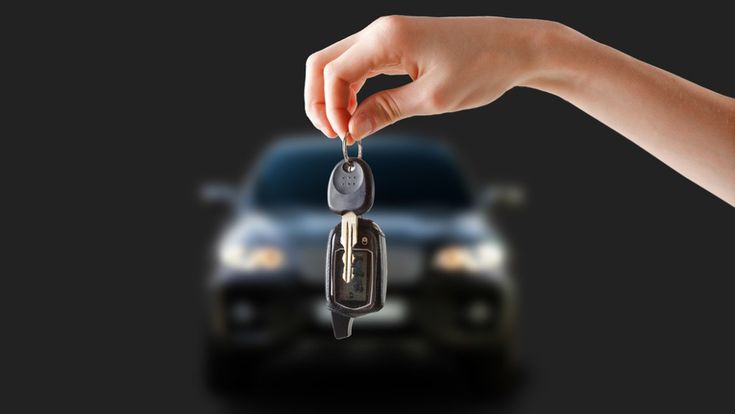The way people buy cars is undergoing a seismic shift. Gone are the days when spending hours at a dealership was the only way to drive off in a new car. Thanks to the rise of digital platforms, the car-buying experience is becoming faster, more transparent, and—dare we say—enjoyable. But does this mean the traditional dealership model is on its last lap? Let’s explore how online car buying is changing the game and what it means for the future of car sales.
How Online Car Buying is Revolutionizing the Industry
- Convenience is King
- What’s Changed: Buyers can now browse inventory, compare prices, and even secure financing from the comfort of their couch. No more pressure from salespeople or wasting a Saturday at a dealership.
- Why It Matters: Convenience is the driving force behind the shift. Platforms like Carvana, Vroom, and Tesla’s online store let you buy a car with just a few clicks. Some even deliver the car to your doorstep.
- Transparency in Pricing
- What’s Changed: Online platforms often provide upfront pricing, eliminating the dreaded haggling process. Tools like Kelley Blue Book and TrueCar give buyers confidence they’re getting a fair deal.
- Why It Matters: Transparency builds trust. Buyers no longer have to wonder if they’re being overcharged or if the dealer is hiding fees.
- Virtual Test Drives and Inspections
- What’s Changed: Many online platforms offer 360-degree virtual tours, detailed photos, and even video test drives. Some companies also provide third-party inspection reports for used cars.
- Why It Matters: Buyers can get a feel for the car without stepping foot in a dealership. For used cars, this reduces the risk of buying a lemon.
- Home Delivery and Return Policies
- What’s Changed: Companies like Carvana and Tesla deliver cars directly to your home. Some even offer a 7-day return policy, giving buyers peace of mind.
- Why It Matters: This eliminates the need to visit a dealership altogether, making the process as easy as ordering a pizza.
- Digital Financing and Paperwork
- What’s Changed: Online platforms streamline financing, allowing buyers to get pre-approved and complete paperwork digitally.
- Why It Matters: No more sitting in a finance office for hours. The process is faster, simpler, and often more competitive.
The Dealership Model: Adapt or Die
While online car buying is growing, the traditional dealership model isn’t dead—yet. Here’s how dealerships are fighting back:
- Hybrid Models
- Many dealerships are adopting an “omnichannel” approach, blending online and in-person experiences. For example, you can start the process online and finish it at the dealership.
- Enhanced Customer Experience
- Dealerships are investing in better customer service, offering perks like free coffee, comfortable lounges, and no-pressure sales tactics to keep buyers coming in.
- Digital Tools
- Dealerships are leveraging technology, such as virtual showrooms and online financing tools, to compete with purely digital platforms.
- Service and Maintenance
- Dealerships still have an edge when it comes to after-sales service. Many buyers prefer returning to the dealership for maintenance and repairs, creating an ongoing relationship.
Challenges of Online Car Buying
- Lack of Personal Touch
- Some buyers still want to see, touch, and test-drive a car before committing. For them, the dealership experience is irreplaceable.
- Trust Issues
- Buying a car online requires a leap of faith, especially for used cars. Buyers may worry about hidden defects or misrepresented conditions.
- Limited Inventory
- Online platforms may not have the same breadth of inventory as a large dealership, limiting options for buyers with specific needs.
Is the Dealership Model Dying?
Not quite—but it’s definitely evolving. The dealership model is being forced to adapt to the digital age, and those that don’t may struggle to survive. However, for many buyers, the dealership still offers value, particularly when it comes to test drives, trade-ins, and personalized service.
The future of car buying is likely a hybrid model, where online and offline experiences coexist. Buyers will start the process online—researching, comparing, and even financing—and then visit a dealership for the final touches. Dealerships that embrace this shift and focus on enhancing the customer experience will thrive, while those that resist may find themselves left in the dust.
The Bottom Line
The shift to online car buying is undeniable, and it’s transforming the industry in ways we couldn’t have imagined a decade ago. While the dealership model isn’t dead, it’s no longer the only game in town. The key to survival for dealerships will be adapting to the digital age and finding ways to add value that online platforms can’t replicate. For buyers, this shift means more options, better transparency, and a whole lot less hassle. Whether you’re Team Online or Team Dealership, one thing’s for sure: the future of car buying is looking brighter than ever.
